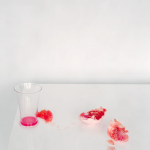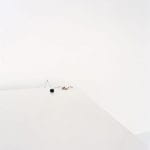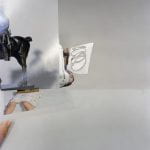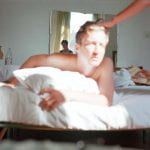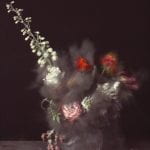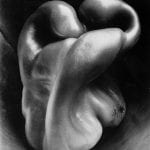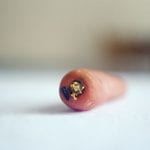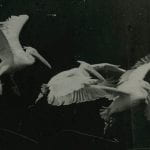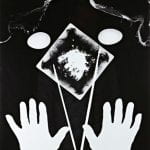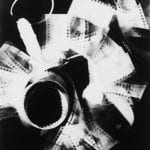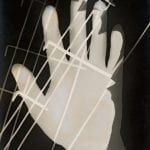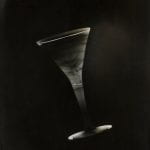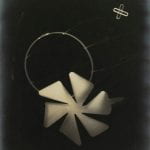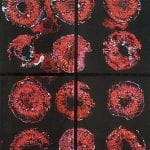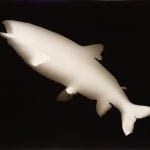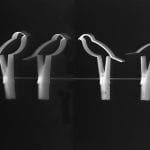Still(ed) Life
‘We do not want objects to fall back into a bare thingness. We want to see them as symbols, emblems, metaphors. We want them to remind us of states of mind or soul. And yet how can they do such a thing?’ (Glover, 2011)

This session encourages participants to consider the relationship between the still life in painting and photography. It encourages in-depth independent research into Laura Letinsky’s practice and its positioning within wider ideas regarding the nature of photographic representation of the object without human presence. Participants should consider issues of perspective, scale, point of view, time and metaphor.
‘in quince, cabbage, melon and cucumber no-one can touch the suspended quince of cabbage without disturbing them and sending them rocking in space. Thier motionlessness is the mark of human absence’ (bryson (1990) in Hall, 1999, p.66)
This Session could be run in conjunction with:

‘The beginnings of photography were epitomised by the stillness of the images which the new medium generated’ (Williams in Newton & Rolph, 2006, p.6)
Aims & Outcomes:
- For participants to explore the construction of meaning in within a still life ‘genre’
- For participants to consider time, perspective, scale, point of view, composition, juxtapositions and the absence of human presence in their photographic practice.
- For participants to conduct in depth research on the work of Laura Letinsky and her influences and apply these ideas to thier photographic practice.
- Participant Outcome: 1 final 10×8 digital print
‘Metaphor and allegory and the hint of something bigger are instrinsic to still life, the oldest study of objects through art and the most traditional of genres’ (Bright, 2011, p.109)
You will need:
- Digital cameras for all participants (and appropriate memory cards) *This session can also be run using Camera phones or Lumix cameras
- Card readers
- Access to computers (or laptops)
- A selection of objects and material to make backdrops / dioramas *black velvet would work here
- Flash-guns, lamps (or tin foil) to demonstrate lighting ideas *or studio lighting
- An Introductory Brief & Presentation (below) for participants to outline the ideas and provide examples
- Prepared demonstrations on using apertures to effect the depth of field and using flash / reflected light / studio lighting
- A booked room to critique participants work (either via a projector or via print)
- Blue tack to pin the work
- Costings and Risk Assessments
‘In painting, the iconography has significant and symbolic meaning known to those familiar with the language of art history. In contemporary photography, tends to avoid the weight of such a history, it’s connotations and baggage and instead turns to those ordinary and everyday objects that might be passed by, ignored or not worthy of becoming the subject of art. Such contemplation makes us, as viewers, think about everday objects differently, possibly as art objects rather than as merely funcitonal ones’ (Bright, 2011, p.109)
Research: the work of Laura Letinsky
preparation work:
- Ask participants to read Sophie Arkette (2009) ‘Olivier Richon / Anima(l)’ in Studio International (26th February 2009) available here
- Ask participants to watch Ori Gersht & His Still Life Series (2017) from The Guggenheim Museum available here
- Ask participants to independently research the work of Laura Letinsky
- Ask participants if they have thier own digital cameras and cards
- Make sure you have access to computers
- Make sure there are enough team members to support participants (never assume thier prior knowledge)
- Decide whether you will project the work or print it.
- If you are printing it (10×8) make sure the Photo Lab are aware and be aware of timekeeping so they have space to print the work.
- *If you are running this session off campus, make sure there is access to printers or projectors

‘Morandi gives us silence, observation and a deep love of vision itself, divorced from interpretation. He invites us to see, rather than read’ (uta Barth in Ollman, 2008)

‘Seeing the same information in repetition so often creates a very contemplative state of mind. Much like Morandi painting the same few bottles and crockery for most of his life, the images become a sort of mantra and allow us to tune in to the subtlest, the most ephemeral information that I am trying to chase down’ (uta Barth in Soto, 2011)
Presentation ideas: Still(ed) Life
Suggested Session Outline:
Advertising Objects





